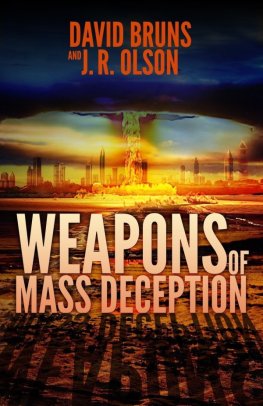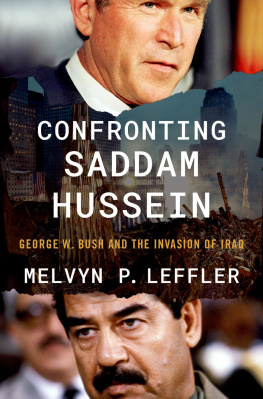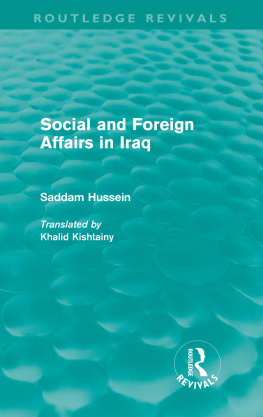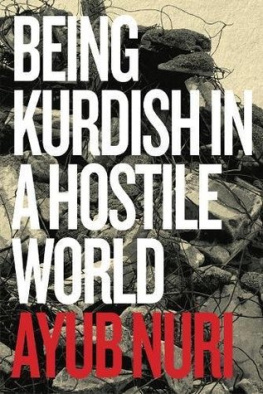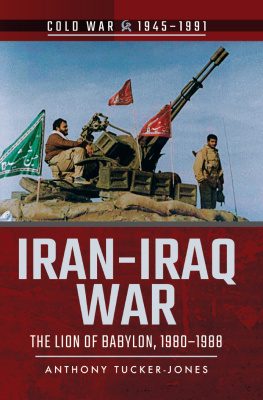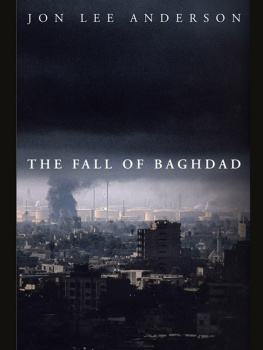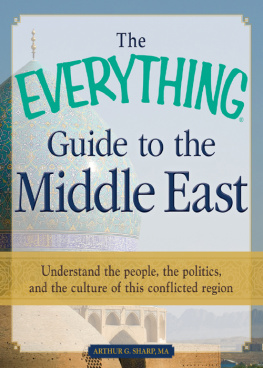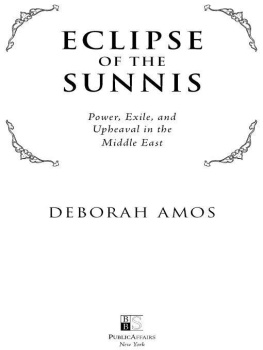THE IRAN-IRAQ WAR
KEY INFORMATION
When: 22nd September 1980 20th August 1988
Where: In Iran and Iraq
Context: The Islamic revolution in Iran and the territorial expansion policy in Iraq
Belligerents: The Islamic Republic of Iran against the Republic of Iraq
Commanders and leaders:
Ruhollah Musavi Khomeini, Supreme Leader of the Islamic Republic of Iran (1902-1989)
Saddam Hussein, president of Iraq (1937-2006)
Outcome: Status quo
Victims:
Iranian camp: between 220,000 and 400,000 deaths
Iraqi camp: between 200,000 and 500,000 deaths
INTRODUCTION
As part of an ancient struggle between Iran and Iraq, the war of 1980-1988 (known in Iran as the Sacred Defense) was one of the deadliest conflict since 1945, as well as the longest. While President Saddam Hussein wanted to make his republic of Iraq a powerful force in the region, Ayatollah Ruhollah Musavi Khomeini meanwhile planned to export his Islamic revolution beyond the borders of Iran and extend it to the Iraqis. With the pretext of multiple provocations around their border, Saddam Hussein launched his troops to conquer the Shatt al-Arab (Middle Eastern river), and proclaimed its complete domination over this area on 22nd September 1980. A war erupted that people hoped would be very short, but it was soon slowed down and took the form of a war of attrition. Thus, after eight years of fierce fighting and a price of several hundred thousand deaths on both sides, neither of these two great powers of the Gulf could claim victory. However, this conflict, which was absurd in many ways, generated dreadful bloodshed and culminated in a disastrous economic situation for the two warring countries, strengthened the hold of the two men in their respective countries and ensured their power.
G OOD TO KNOW
An ayatollah (sign of God) is an honorary title awarded to the highest Shiite dignitaries. The ayatollahs are considered experts of Islam. They teach in Islamic schools and claim to be descendants of the Prophet Muhammad (570-632), through his son-in-law, Ali (1st century A.D.).
POLITICAL AND SOCIAL CONTEXT
THE ARAB RIVER
On 22nd September 1980, Saddam Hussein declared war on Iran, using the territorial disagreement that had plagued relations between the two neighbors for several years as an excuse to do so. For him, it was a case of asserting his right over territories that were legitimately Iraqi, but which had been amputated from Iraq five years earlier by a treaty with Iran.
Following the First World War (1914-1918) and the collapse of the Ottoman Empire (1922), which then extended over much of the Middle East, the borders of the region had been fully redrawn, according to the interests of the victorious Western powers, namely France and Britain. However, throughout the 20th century, this artificial division underwent extensive questioning. In the Gulf, the agreement of Algiers from 1975 in which Iran continued to provide military aid to Iraqi Kurds in exchange for recognition of the Iraq border of the Shatt al-Arab River was supposed to end territorial tensions that animated the two countries. Yet, the stakes were high with regards to the Shatt al-Arab, literally the Rivers of the Arabs, because it connected the oil areas of both countries. Thus, despite the agreement between the two neighbors, the strategic importance of this area did not fail to cause many provocations and confrontations until the rejection of the treaty by Saddam Hussein on 17th September 1980, and the conquest of the disputed territories five days later.
D ID YOU KNOW ?
The Kurds are members of an ethnic group with its own language, mainly of Sunni confession, which occupied the Zagros and Taurus mountains of southeastern Turkey, northwestern Iran, northern Iraq and the adjacent territories of Syria and Nakhichevan (autonomous Republic of Azerbaijan). Despite this explosion in different countries, some Kurdish nationalism was manifested at the end of the 19th century, calling for the creation of an independent state, Kurdistan. When the war broke out, the Iraqi Kurds represented nearly 19% of the overall population. Despite this strong representation, the regime of Saddam Hussein had always remained dismissive of the Kurdish demands, thus strengthening their desire for autonomy.
AN IDEOLOGICAL POWDER KEG
Along with the territorial tensions that divided them, Iran and Iraq were also opposed ideologically. The war was actually triggered in the context of the opposition of the Shiites from Iraq, supported by Iran, to the regime of Saddam Hussein. This support caused Hussein to fear that the Islamic revolution that occurred in Iran the previous year might contaminate his country.
For many months, Iran faced a popular uprising animated from France by Ayatollah Ruhollah Musavi Khomeini who was in exile therein. The people protested against the increasingly authoritarian regime of the Shah (title of the Iranian emperors) and the forced Western modernization, known as the White Revolution (1963). Thus, on 16th January 1979, the pressure became too strong and the Shah decided to leave Iran to take refuge in the United States.
Poster of the Iranian revolution showing the Shah taking refuge ine the United States, 1979.
Four days later, Ruhollah Musavi Khomeini, empowered by his broad popular support, returned triumphant to Tehran. After ensuring the neutrality of the armed forces, the Ayatollah declared the end of the monarchy on 11th February and set up a provisional government. The fundamentalist clergy operating under the name of the Revolutionary Guard then organized the systematic taking of control of key positions in the administration and conducted the extermination of figures from the old regime and opponents of any kind. Finally, following a referendum held on 1st April 1979, an Islamic republic was established, at the head of which Ruhollah Musavi Khomeini became the supreme leader.
Destruction of a statue of the Shah Mohammad Reza Pahlavi, February 1979.
However, he very quickly expressed his ambition to export his Islamic revolution and believed himself to be invested in the sacred mission to gather all Shiites around Iran, following a radical and fundamentalist reform of the existing regimes. To facilitate his goal, the Ayatollah further intended to capitalize on the anti-Arab and anti-Iraqi religious feeling that had been rooted in Persia for centuries. Thus, for Iraq, which held the majority of Shiite Arabs, the threat was now significant and very real.


